What is the tolerance range of precision screws?
What is the tolerance range of precision screws?
Service Hotline
+86760-8787 8587We have more than ten years of production experience in the screw industry, the main products are: connection model long nut, special natural color, what is the washer, European standard bolt, stainless steel copper column, grooved nut, separator nut, national standard galvanized, double head Plastic pillars, sets of ingot claw nuts, embedded nuts, tooth bar bolts, trademark solid knurled rivets, HTP plastic isolation columns, shelf screws and other fasteners, due to different product materials and specifications, the price is also different, Please contact us if necessary.


The nuts in the prior art are easy to fall off during work, especially in harsh environments or environments with large vibrations. Sometimes it is necessary to add parts such as gaskets to prevent them from falling off, but they are still easy to fall off and cause harm.
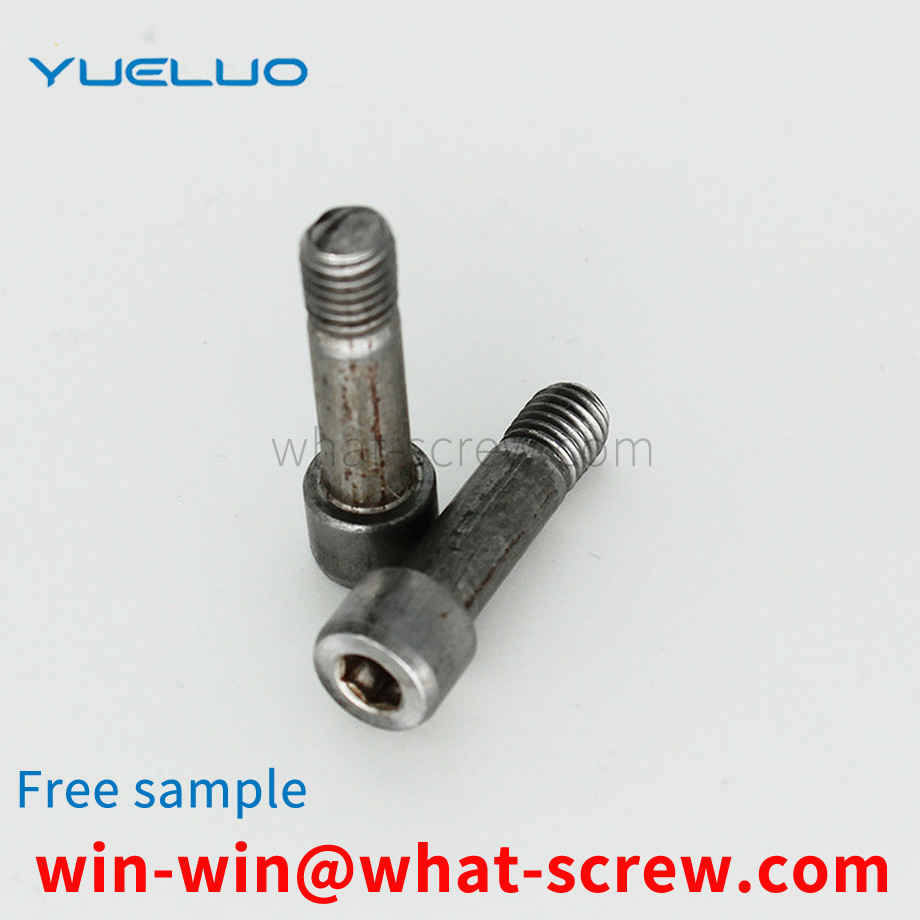
In view of the above-mentioned deficiencies of the prior art, Guangdong Yueluo Hardware Industry Co., Ltd. aims to provide a stamping die and stamping parts for punching rivets, and a positioning floating pin is added on the die to solve the problem of the prior art. The placement of the rivets during punching is inaccurate, resulting in the problem of poor quality. In order to achieve the above purpose, Guangdong Yueluo Hardware Industry Co., Ltd. has adopted the following technical solutions: a stamping die for punching rivets, including a lower die base, a lower die plate and a lower die insert block; the lower die plate and the lower die insert The block is arranged on the lower die base, and the lower die entry block passes through the lower die plate and protrudes to one side of the lower die plate, and a positioning floating pin is arranged in the lower die entry block, An elastic member for supporting the positioning lift pin is arranged in the lower die holder. The punching die for punching rivets further includes an upper die base, an upper clamping plate and a riveting punch, the upper clamping plate and the riveting punch are arranged on the upper die base, and the riveting punch passes through the upper die base. The upper splint extends to one side of the upper splint. In the punching die for punching rivets, the positioning and lifting pins are provided with protrusions for guiding the rivets. In the punching die for punching rivets, the lower die base is provided with a set screw for fixing the elastic member. In the punching die for punching rivets, the stop screw is installed on the bottom surface of the lower die base. In the punching die for punching rivets, a lower backing plate is arranged between the lower die base and the lower template. In the punching die for punching rivets, the elastic member is a spring. A stamping part is provided with rivets, and the rivets are stamped and fixed by the above-mentioned stamping die. In the stamping part, the stamping part is a back plate. Compared with prior art, the stamping die and the stamping part that Guangdong Yueluo Hardware Industry Co., Ltd. provides for punching rivets, have adopted and set up positioning floating pins in the lower die block, in the lower die holder An elastic piece for supporting the positioning lift pin is provided. Before punching, the positioning lift pin is held up by the elastic piece, so that the positioning lift pin extends out of the lower die into the block, and the rivet is placed on the positioning lift pin during stamping. On the pin, the rivet is guided by the positioning lift pin. During the stamping process, the rivet falls closely with the positioning lift pin to prevent the rivet from being skewed. When the stamping die is completely closed, the stamping is completed, which improves the quality of the stamped product and greatly improves the production efficiency.
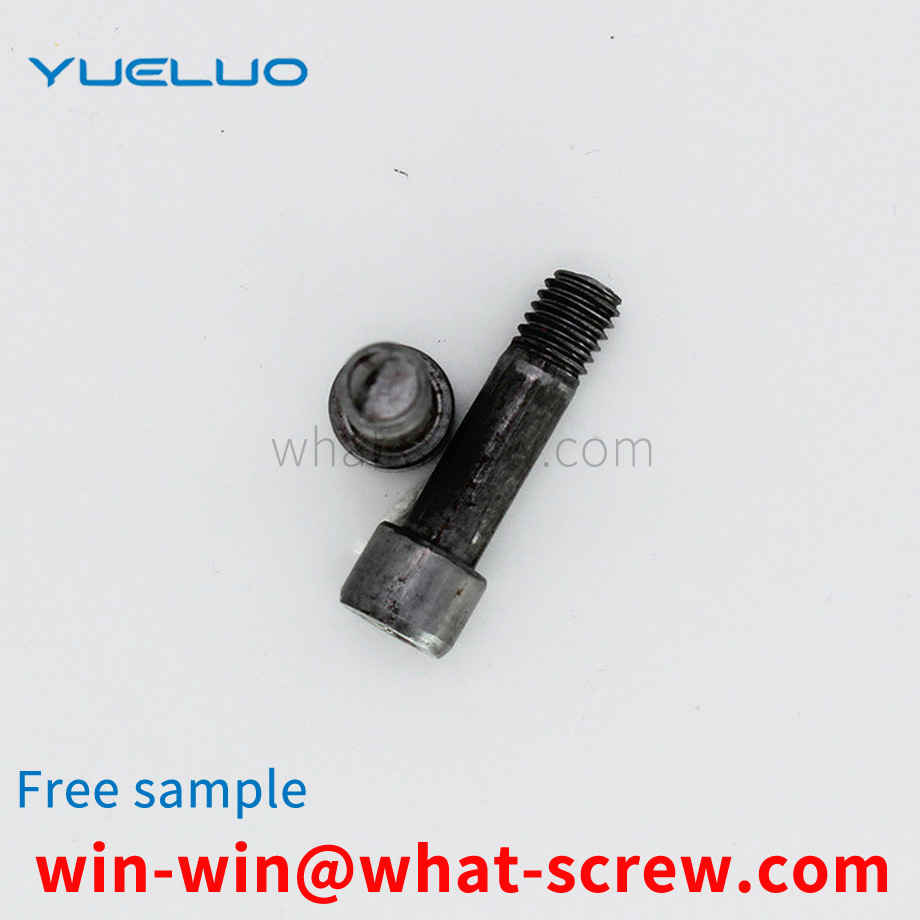
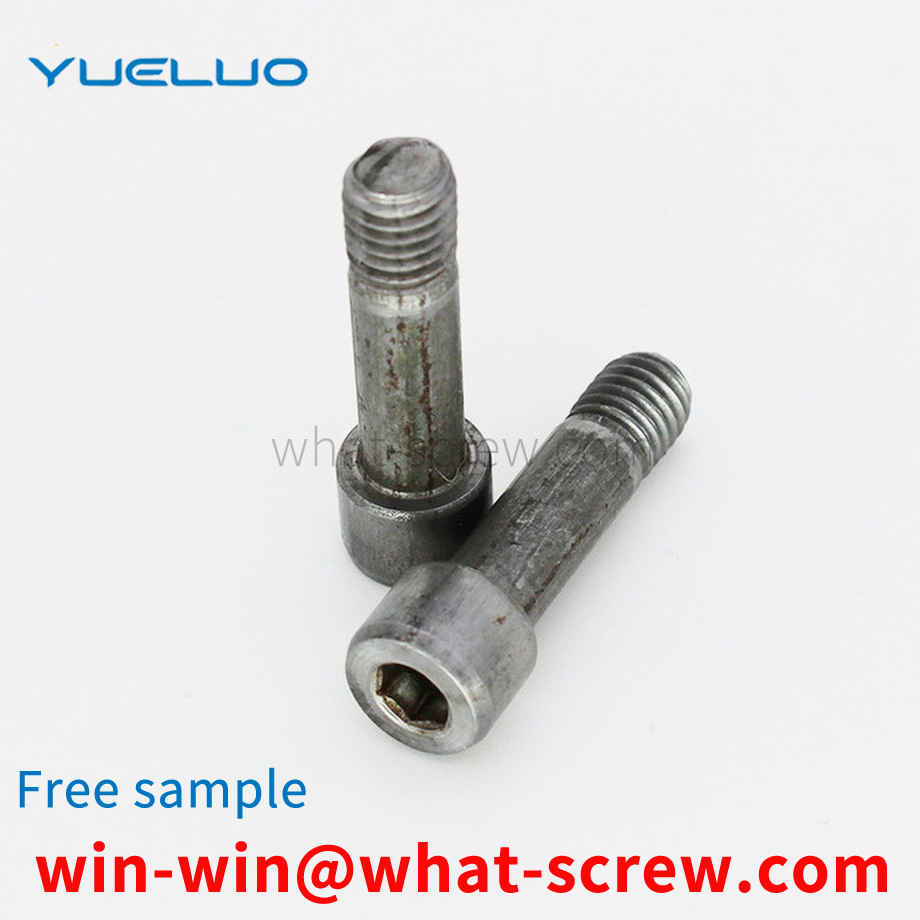
In the field of mechanical design, there are a large number of connector connection structures that need to be fastened and positioned. As shown in Figure 1, the more common positioning and fastening connection methods at present are that pins 5 and fasteners are used for positioning and fastening, respectively. That is, cylindrical pins or taper pins are used for positioning, and fasteners such as screws or double-ended studs are used for fastening.
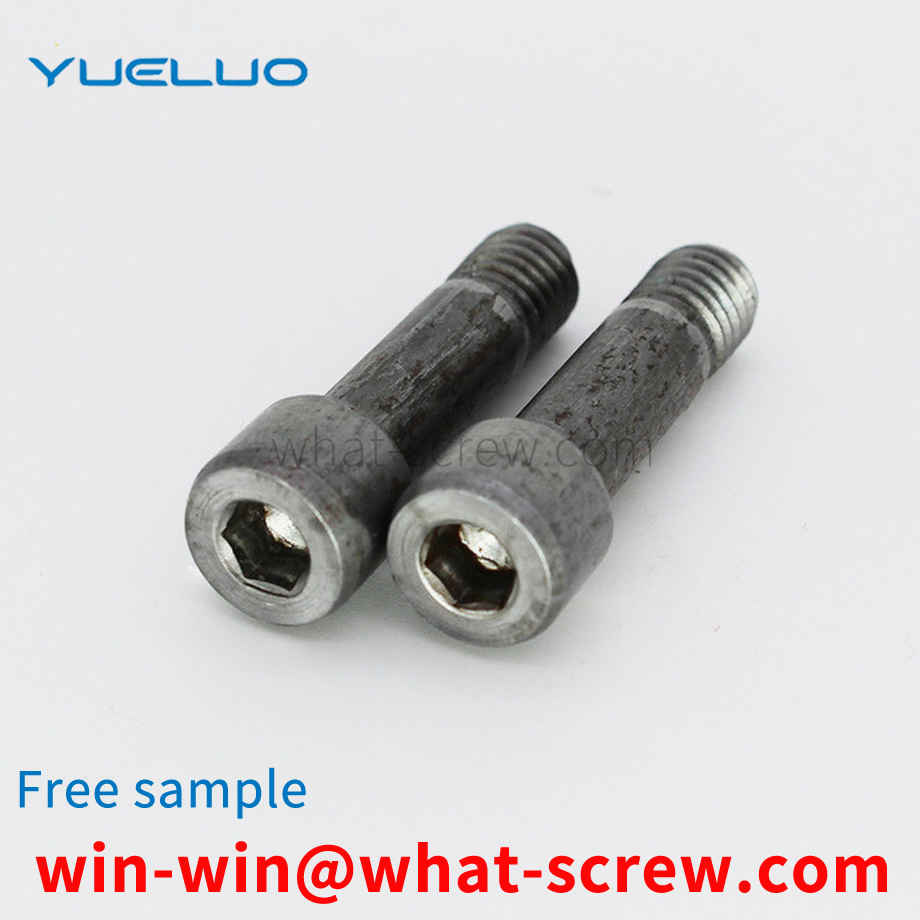
The circlip lifting and tightening mechanism includes a lifting mechanism and a tightening mechanism; the lifting mechanism includes a lifting cylinder and a ball screw; the output shaft of the lifting cylinder is connected with the ball screw; the ball screw drives the tightening mechanism to achieve up and down move; the tightening mechanism includes a tightening motor, and the output shaft of the tightening motor drives a pinion sleeved on the output shaft to rotate; the pinion drives the largest gear meshed with it to rotate, and the largest gear is driven by The second largest gear meshed with it rotates; the diameter of the first largest gear is the same as that of the second largest gear; the lower ends of the rotating shafts of the first largest gear and the second largest gear are equipped with rotating discs, and each rotating disc is fixedly installed A probe; two probes can be inserted into the two holes of the circlip at the same time, and the circlip can be tightened or loosened as the motor rotates.
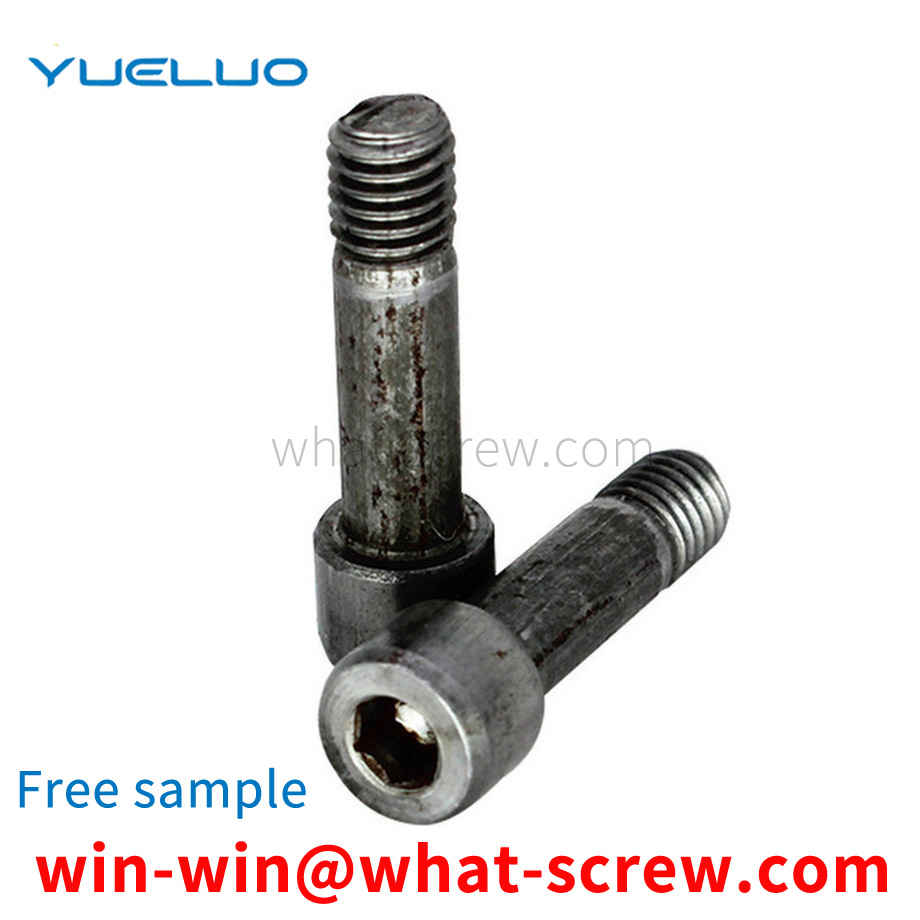
The above content is uploaded by Yueluo or the Internet. If there is any copyright issue, please contact [email protected].

What is the tolerance range of precision screws?

How to choose the right stainless steel screw manufacturer?

Why is there an R angle under the head of the hexagon head s...

We have more than ten years of production experience in the ...

We have more than ten years of experience in the production ...

We have more than ten years of experience in the production ...

We have more than ten years of experience in screw industry ...